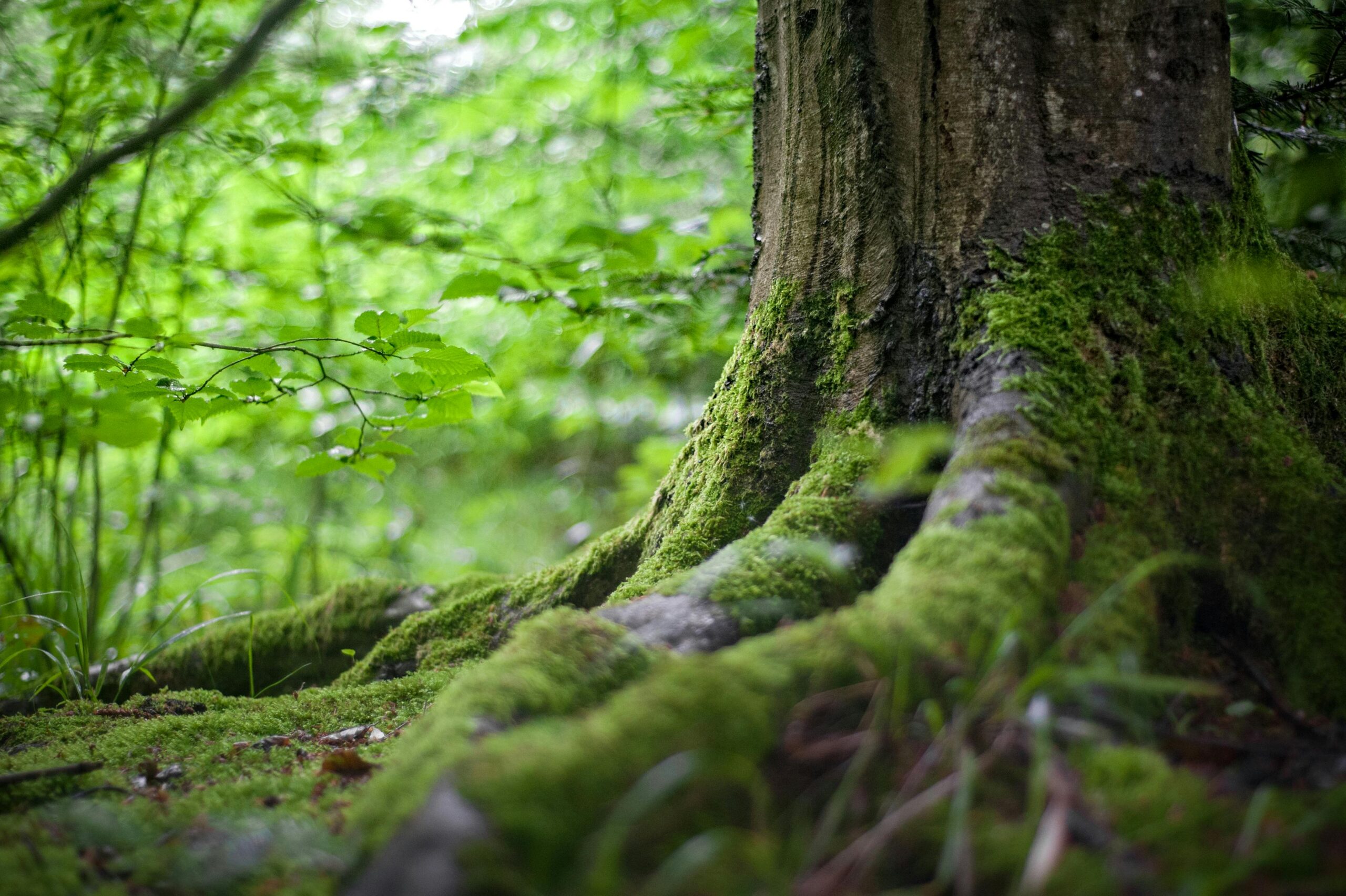Embracing a scenery of beautiful trees, shrubs, and greenery in your backyard may jazz up your home’s aesthetic appeal. However, beyond the visual charm lies a hidden menace that can wreak havoc on your property – tree roots invading sewage lines. This blog post will unravel crucial insights, preventive methods, and sustainable solutions for effectively tackling this widespread problem. Strap in and gear up to become well-equipped with all you need to keep those stubborn tree roots at bay from your sewage lines.
The Tree Root Invasion Phenomenon
Did you know that tree roots can extend several meters underground? These hidden parts of the tree are constantly on the hunt for sources of water and nutrients to sustain growth. Unfortunately, one such haven they find is your sewer line. Cracks, loose joints, or sheer age may lead to tiny openings in these lines that emit water vapor into the surrounding soil. Attracted by this moisture, roots gradually intrude into the pipes leading to severe blockages and potential structural damage.
Identifying The Symptoms
Gurgling noises from your toilet or drains, slow drainage, and frequent backups are usual suspects indicating that you might be dealing with tree root intrusion in your sewage lines. Do not overlook these signs. The good news is skilled professionals like LinkedIn – Fergusons Plumbing are there to diagnose and address this issue before it escalates.
Potential Damages
If neglected for long periods, these roots grow within the pipe causing it to break or collapse completely. These incidents can lead to costly repairs spanning from simple drain cleaning to entire sewer line replacements.
Professional Diagnosis & Inspection
You cannot tackle a problem if you do not know its extent. Experienced plumbers employ advanced tools like drain cameras to inspect sewer lines and identify the root intrusion’s exact source and magnitude.
An assortment of Solutions
According to the seriousness of the problem, plumbers propose suitable solutions. These may range from mechanical root cutting or jetting, use of root growth inhibitors, or pipe relining/replacement in extreme cases.
Mechanical Cutting
This is a prevalent short-term solution where special cutting equipment known as drain snakes are deployed to slice off the invasive tree roots within the pipes.
Hydro Jetting
Another quick-fix method includes hydro jetting, wherein a high-pressure stream of water is introduced within pipes to blast off intrusive roots. Though effective but like mechanical cutting, this method only offers temporary relief as roots can regrow within pipes.
Root Growth Inhibitors
This is more of a preventive approach wherein chemicals (usually copper sulfate or dichlobenil) are routinely poured down drains to hinder root growth into sewer lines. However, remember that improper use can be harmful to surrounding vegetation and local flora and fauna.
Pipe Relining/Replacement
In severe cases where damage has escalated beyond repair with common techniques, plumbers might need to reline or replace pipes entirely. Though more expensive and time-consuming, these methods offer long-term solutions against future invasions.
How To Prevent Future Intrusions
The easiest way to avoid future invasions is by planting trees away from sewer lines. If this is not feasible, consider routine inspection/maintenance schedules with professional plumbers to keep your sewer lines clean and disruption-free.
Trenchless Sewer Line Replacement
Consider this technique if the idea of your beautiful yard rampaged with trenches scares you. Trenchless sewer line replacement is a faster, less invasive method that replaces old pipes with new ones resistant to root invasions.
Installing Root Barriers
You can also consider setting up physical barriers between trees and sewer lines. Root barriers are usually made from plastic, metal or fabric materials which deter offending roots from growing towards the pipes.
The Environmental Consideration
While tree roots can indeed be troublesome, understand that they play a crucial role in anchoring soil, regulating water cycles, and overall ecosystem health. Therefore carefully consider the necessity, potential impacts, and sustainability of the applied solutions.
A Sustainable Approach Besides Eradication
Rather than employing aggressive methods to strip off the problem completely, aim for a sustainable balance. Select trees well-suited for planting near sewer lines, adopt preventive maintenance strategies and engage with expertise of professionals in the field when required.
Conclusion: Be Prepared, Not Scared
Dealing with tree root invasion in sewage lines might seem daunting but early detection, regular inspection and strategic planning can save you a lot of trouble down the line. Remember that you do not need to wage war against your green companions. By implementing sustainable practices, compromise could be reached for coexistence between infrastructure and nature. Functionality does not always have to compete with beauty; it could well go hand in hand.

